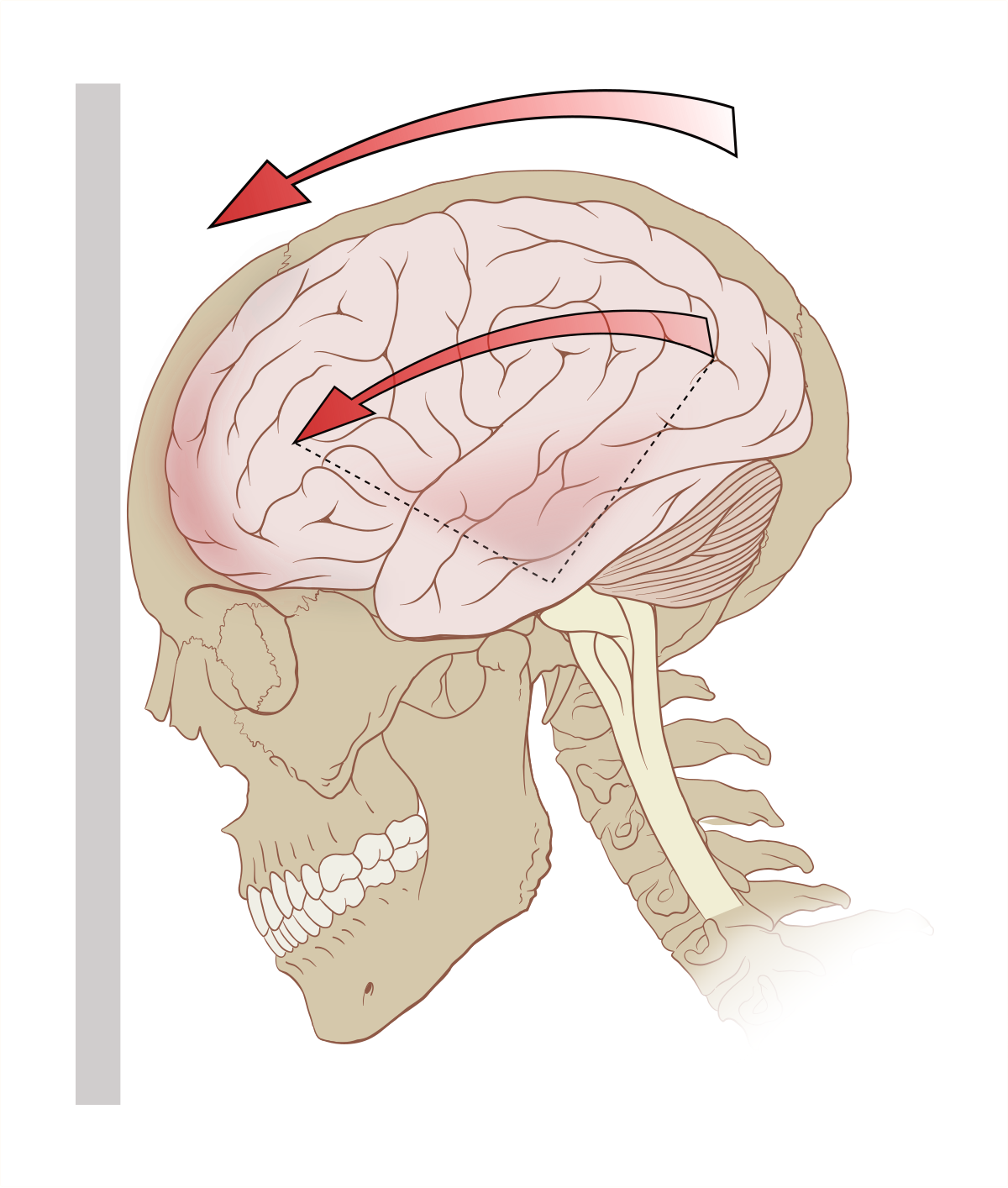
Pediatric Glasgow Coma Scale Pdf In Vector
Background Danger associated molecular patterns (DAMPs) are nuclear or cytoplasmic proteins that are released from the injured tissues and activate the innate immune system. Mitochondrial DNA (mtDNA) is a novel DAMP that is released into the extracellular milieu subsequent to cell death and injury. We hypothesized that cell death within the central nervous system in children with traumatic brain injury (TBI) would lead to release of mtDNA into the cerebrospinal fluid (CSF) and has the potential to predict the outcome after trauma. Results The median age for patients with TBI was 6.3 y and 62% were male. The common mechanisms of injury included motor vehicle collision (35.8%) followed by falls (21.5%) and inflicted TBI (19%); 6 children (14.2%) died during their ICU course.
Neurologic and Neurosurgical Emergencies in the ICUEmergencies in the ICU. Force vector displacing. Adult and Pediatric Glasgow coma scale Adult Pediatric. Use in initial and serial assessments. The Pediatric Glasgow Coma Scale (pGCS) allows providers to obtain, track and communicate the mental status and level of consciousness in preverbal children (≤2 years of age). Variation of the standard Glasgow Coma Scale (GCS) with age appropriate modifications to the motor and verbal components.
The mean CSF mtDNA concentration was 1.10E +05 ± 2.07E+05 and 1.63E+03 ± 1.80E+03 copies/µL in the pediatric TBI and control population respectively. Furthermore, the mean CSF mtDNA concentration in pediatric patients who later died or had severe disability was significantly higher than that of the survivors (1.63E+ 05 ± 2.77E+05 vs. 5.05E+04 ± 6.21E+04 copies/µL) ( p. Introduction Severe traumatic brain injury (TBI) accounts for 25% of all TBI and exacts a considerable societal and economic toll (, ). According to the Centers for Disease Control and Prevention, TBI accounts for an estimated 7400 deaths in children 0–19 years of age annually ().
The pro-inflammatory cytokine response after TBI has been fairly well characterized (–) and recently the role of damage-associated molecular patterns (DAMPs, also known as alarmins) has also been recognized. The pattern recognition receptors (PRRs) present on the microglia and astrocytes can sense cellular damage and stress in the absence of infection due to the presence of DAMPs. Gratis buku belajar membaca untuk anak tk diterkam 1. DAMPs are rapidly released into the extracellular milieu following injury and modulate the innate immune system. Some examples of DAMPs include nuclear and cytoplasmic proteins e.g., high mobility group box 1 (HMGB1), heat shock proteins, the S100 family of calcium-binding proteins, histones, and interleukin 1 (IL-1) family members (, ). HMGB1 is a prototypical danger associated molecular patterns (DAMP) molecule that activates the innate immune system in response to tissue injury due to trauma, ischemia/reperfusion or infection (). HMGB1 exerts pro-inflammatory properties through its effects on Toll-like receptor (TLR) -2, -4 and the receptor for advanced glycation end products (RAGE) (, –), and it has been identified as a late mediator of LPS-induced mortality in mice (, ).
Previously, we reported that cerebrospinal fluid (CSF) levels of HMGB1 are markedly increased in children after severe TBI. We also demonstrated that peak HMGB1 levels are inversely and independently associated with Glasgow Outcome Scale (GOS) scores. The traumatic events leading to release of HMGB1 into the CSF can also lead to release of other DAMPs into the CSF with subsequent activation of the innate immune response.

Since mitochondria are abundantly distributed along axons, nerve terminals and dendrites, mitochondrial constituents once released into the extracellular space can also act as DAMPs (). Examples of mitochondrial DAMPs include mitochondrial DNA (mtDNA), N-formyl peptides and mitochondrial transcription factor A (TFAM) (). MtDNA is a novel DAMP that is released into the extracellular milieu subsequent to cell death and injury and acts via TLR-9, a PRR of the immune system that detects bacterial and viral DNA (). In addition, as compared to genomic DNA, there are multiple copies of mtDNA per cell.
Following trauma, circulating mitochondrial DNA (mtDNA) acts as a DAMP, leading to systemic inflammatory response syndrome (). To our knowledge, little is known about CSF mitochondrial DNA concentrations in pediatric TBI. We hypothesized that cell death within the CNS in children with TBI would lead to release of mtDNA into the CSF in TBI and has the potential to predict the outcome after trauma.